What your home says about you – Dr Linda Papadopoulos / Psychology of the home
May 27, 2015
Dr Linda Papadopoulos, a widely respected psychologist and research scientist, talks to Hiscox about the psychology of the home and what the things within it – from photos to décor – say about you and your family.
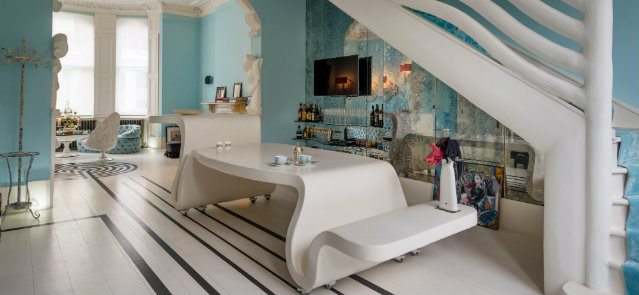
Looking beyond objects
The way that our homes are decorated, from the photos on the walls to the colour of the rugs, comes down to decisions that we’ve made at one point or another throughout our lives – decisions about comfort, utility, what we value and want to express about ourselves. If you take a minute to look around your home, you’ll find that many of the things that you don’t even notice anymore have at some point been things that you spent time reflecting on and thinking about quite deeply. The big stuff, like the fact that you decided to put a window seat by the bay-window so you could read, and the little stuff, like the magnets on the fridge, all reflect not only your personality as an individual but the collective personality of your family and how you’ve evolved or changed over the years.
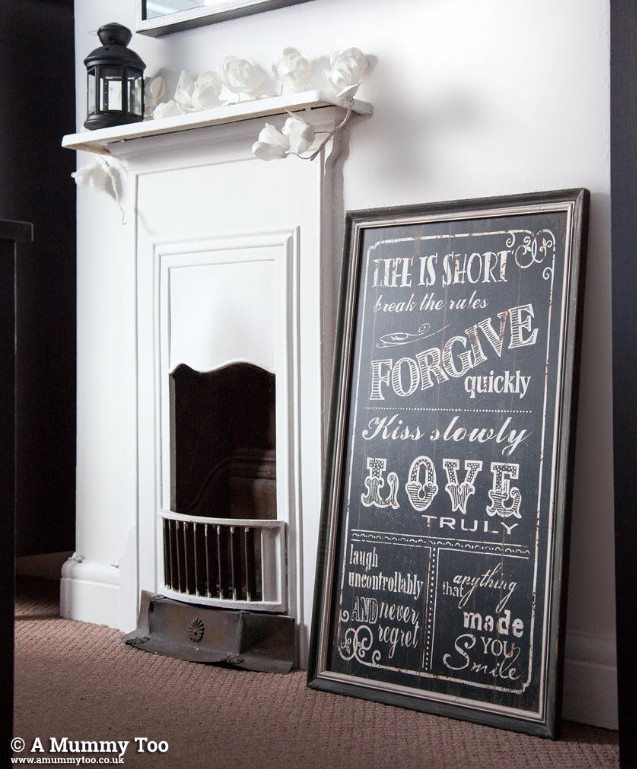
“I can imagine that the person who designed this room is someone who makes an effort to reflect on life, and who values those things like space and clarity that we so often lose awareness of.” – On blogger, Emily Leary’s monochrome master bedroom.
An evolving declaration of identity
Our homes are an amalgam of our choices and behaviours that accumulate over time. The fact that you have a special area for muddy wellies may attest to your family being an active one, and that old crochet blanket that covers the chair in your bedroom may be there because it reminds you of summers you used to spend at your grandma’s home. In effect, our homes allow us to showcase our personalities. And what we showcase differs not only because of our personalities, but also because of the life stage we’re in. If you think of a teen’s room for example, their space is often very much a declaration of identity, from the posters and music collections on display to the fact that there are clothes all over the place. The message is clear: “This is my space, this is who I am and I have (or at least am trying to develop) a healthy sense of entitlement to be me.”
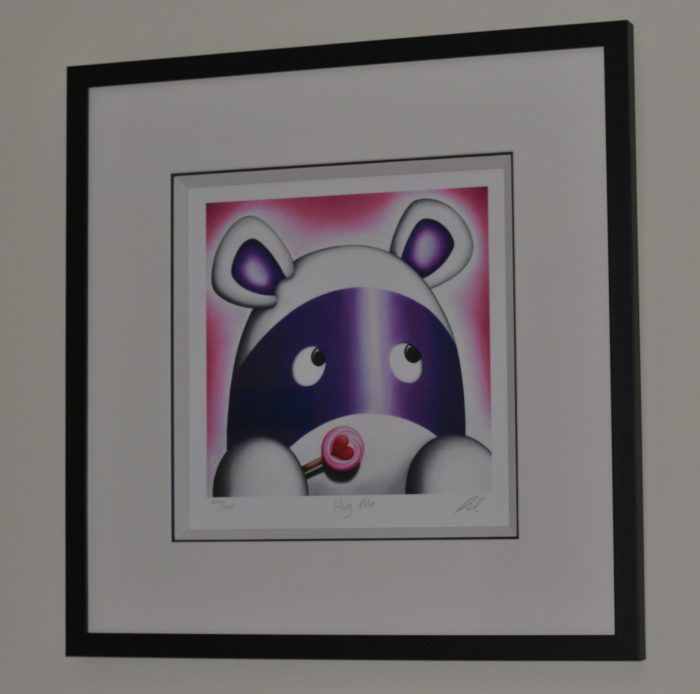
“The way we choose prints and paintings is interesting. Sometimes it’s about just having something to hang on an otherwise empty wall but other times we’re drawn to them subconsciously because their colour or form elicits a positive memory or emotion.” – On blogger, Emma Vanstone’s wall art.
Young adults and self-discovery
When we fast forward a few years to the time in which we’re living alone as young adults, the indicators that shout about our identities and values may not be as loud as in our teen years, but they’re still there. By leaving home and living on our own we can express things that distinguish us from our family, maybe even discover things about ourselves we hadn’t noticed. Testaments to our self-sufficiency and lifestyle choices as adults, like cook books and stainless steel juicers, may be on display. While money may be tight for most people at this time, this is also when experimenting with design and interior style probably happens for the first time – so the conscious decision to be on trend with the latest ash oak floors and minimal white walls, or indeed to be seen as rejecting trends with a reclaimed sofa taking pride of place in the living room, is in the forefront of our choices for our homes.
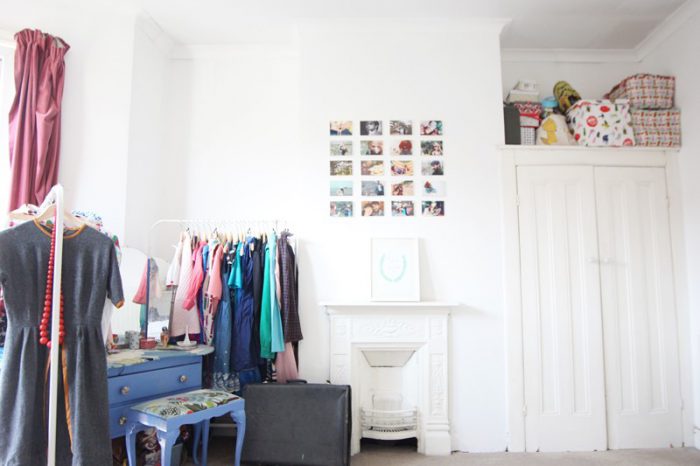
“Fashion is a big part of this person’s identity, the fact that it’s not hidden away in a closet but out on display attests to the fact that she sees fashion as art, something to engage with and enjoy aesthetically not just functionally.” – On blogger, Fritha Strickland’s openly displayed clothes rack.
When ‘I’ becomes ‘we’
When we become a couple the home literally becomes a place of shared identity. We’re no longer decorating and living for just ourselves, me is now we and this is reflected in the way we live. There are practical things like sharing cupboards and negotiating who gets the most wardrobe space. And then there’s the stuff like the print you bought together on holiday that hangs over the fire place, or the signed rugby ball that he negotiated to keep in the living room on the grounds that you could choose the duvet cover. Each decision is evidence of what you share, how you compromise and what you hope to build together.
Family life
As family life takes over and children come along, the aesthetic design elements that mattered once may make way for more real life functionality. Cream carpets may not be practical with kids around, and the dining room table may double up as a desk for Millie’s revision. The photos, some old and some new, give a timeline of the journey you’ve been on, and the décor is likely to reflect this too.
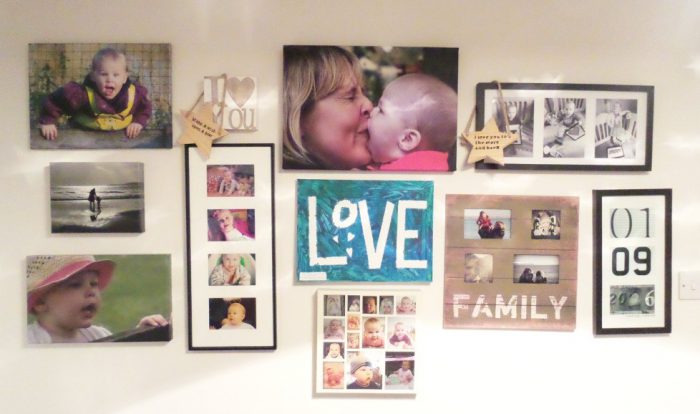
“Family is at the core of what this person values about life. When we become parents for the first time, documenting precious memories is a way of holding on to them, of making the most of the time we have with our little ones.” – On blogger, Aby Moore’s photo wall.
Empty nest and beyond
Finally, when the kids leave and the empty nest becomes a reality, we may see a re-emergence of the need to consciously re-engage with the décor of our homes and how we use them. So Joey’s old room is now an exercise/computer area, and more space is made in the dining room to try out moves from that new yoga class you’re taking. And the mementos of life, from books to souvenirs, from hobbies that didn’t last to sentimental knick-knacks of inestimable value, tell the story of our lives and become the character of our homes.
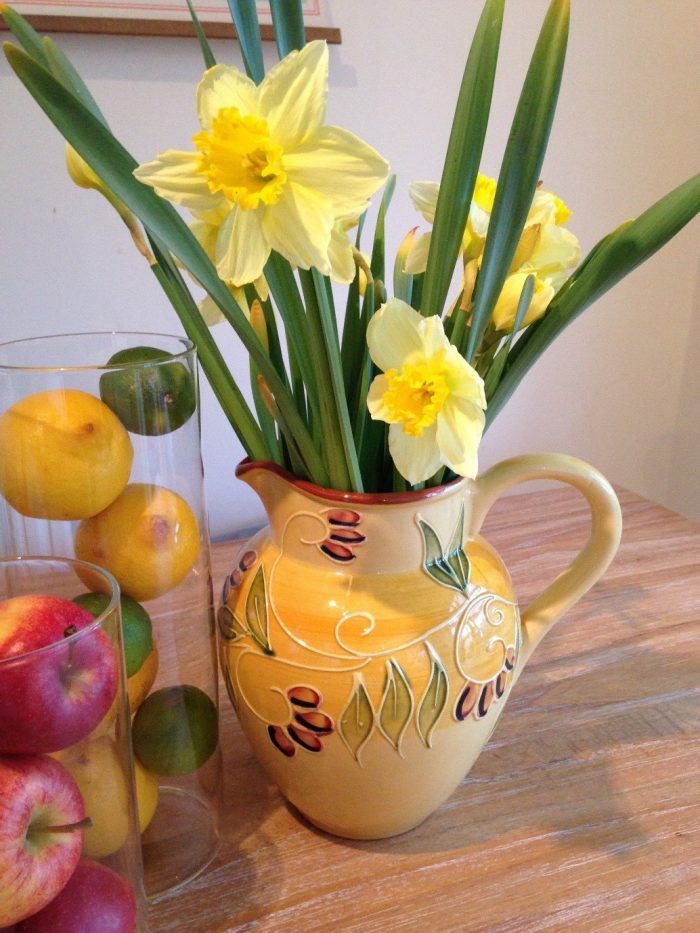
“The act of using a precious item makes it easier to remember and engage with the person that left it to us, even after they’re gone.” – On blogger, Becky Goddard-Hill’s jug, left to her by her mother.
Psychologists call the subconscious way in which we develop our living spaces ‘behavioural residue’, reflecting our behaviours, values and choices over time. With this in mind, it’s no surprise that the home holds such emotional significance for us. It’s a place of comfort, of security, but also one where we can explore and develop our identities and let the rest of the world know that ‘this is who we are.’
Dr Linda Papadopoulos is a widely respected psychologist and research scientist, has been published in an array of prestigious academic journals, and has earned a high profile in the media. Find out more about Dr Linda Papadopoulos and her work by visiting her website: https://www.drlinda.co.uk/.
Making your home your own takes time, effort and passion. If you want to keep your creations safe so you can enjoy the hard work you’ve put in for years to come, then home insurance can help to safeguard your style and protect the home you cherish.



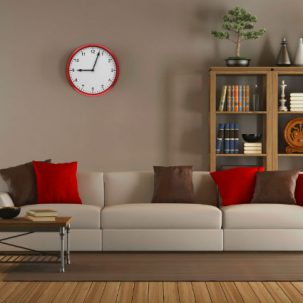

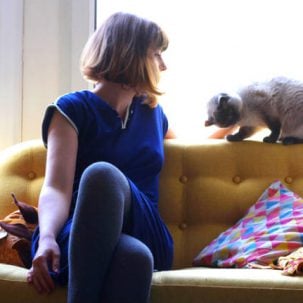
 Very satisfied with the service from Hiscox as always
Very satisfied with the service from Hiscox as always

